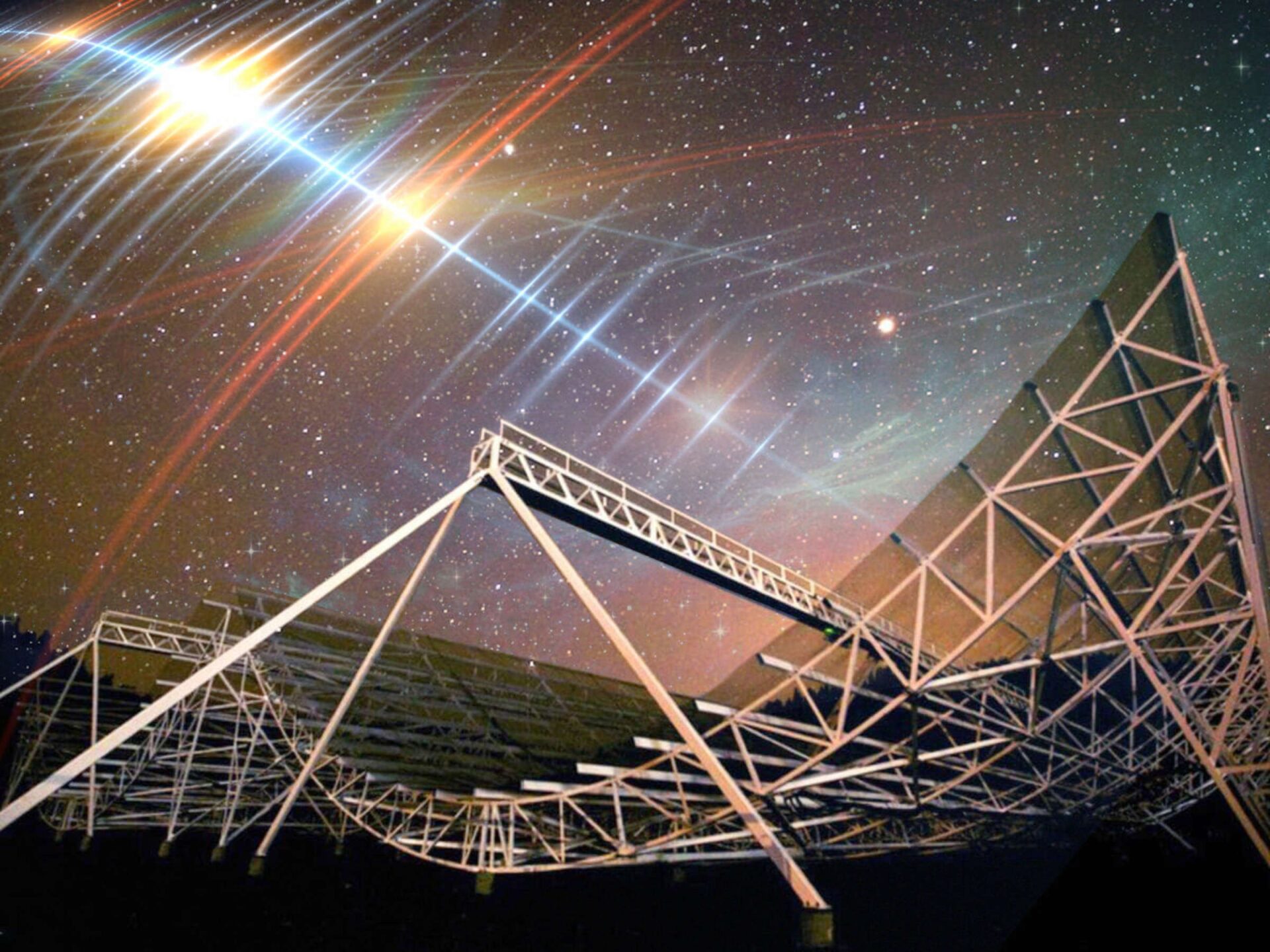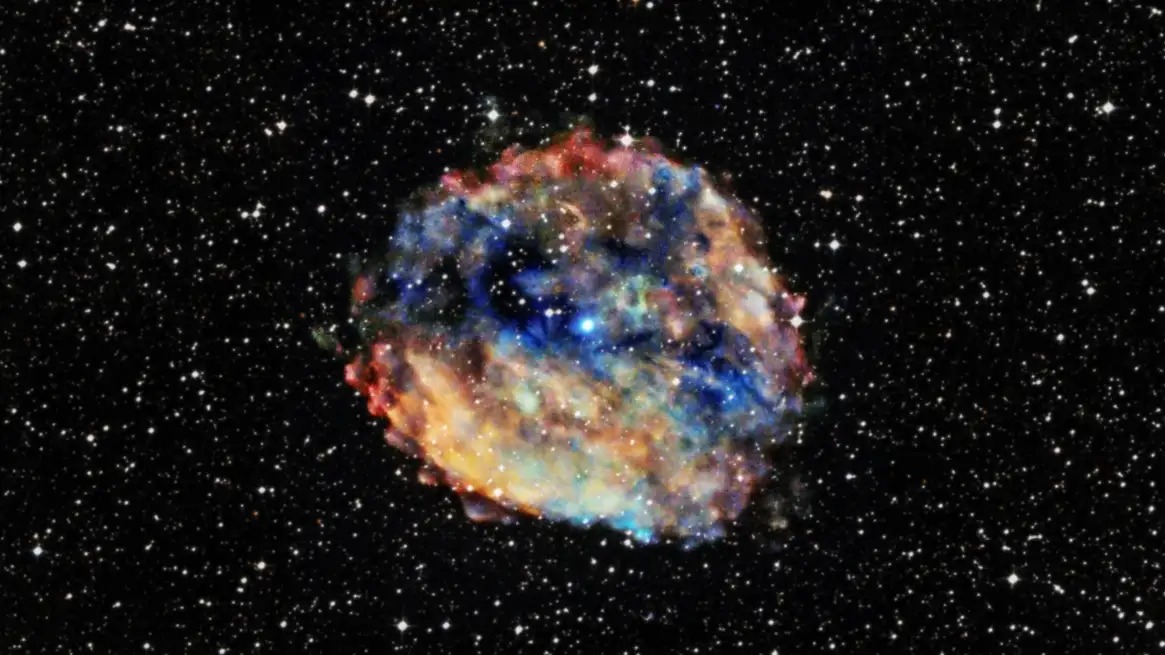A group of astronomers recently discovered a fast radio burst (FRB) that lasted about 1,000 times longer than others, and had a clear periodic structure. It has become another addition to the permanent list of mysterious radio signals emanating from various sources throughout the universe.

Fast radio bursts are fleeting pulses of radio waves whose sources remain unknown. All known flares are recorded outside the Milky Way. But in 2020, the CHIME radio telescope detected a signal that seemed to be coming from near our galaxy.
FRB 20191221A
A newly registered fast radio burst was detected in December 2019 and named FRB 20191221A. Its source is billions of light-years away from us. Unlike most fast radio bursts, which last several milliseconds, the last one lasted a “long time” – as much as three seconds. The research team’s signal analysis was published this week in Nature.
“It was not only very long. We noticed periodic peaks that are extremely similar to the rhythm of the heartbeat,” said Daniele Michilli, an astrophysicist from the Massachusetts Institute of Technology and co-author of the study.

Researchers suggest that it originated from a distant neutron star. Neutron stars are the cores of dead stars and some of the densest objects in the universe. Some neutron stars have very strong magnetic fields and are called either pulsars or magnetars depending on the intensity of these fields. When stars rotate rapidly, they emit electromagnetic radiation, which we pick up on Earth through radio waves. Pulsars are special in that they have an extremely precise pulse sequence, which is why they are called “cosmic lighthouses”.
Unreliable “lighthouse”
According to a release from the Massachusetts Institute of Technology, FRB 20191221A appears to be more than a million times brighter than the radio emission of pulsars and magnetars in the Milky Way. If the radio source continues to flare, the team will be able to better understand the origin of the mysterious flares.
The slowness of FRB 20191221A can also be used as a lighthouse. But unlike neutron stars, it is impossible to rely entirely on fast radio bursts, because they behave very strangely. In October 2021, a group of astronomers reported a fast radio signal coming from the center of the Milky Way. But when the researchers tuned more instruments to the source, it suddenly went silent.
Earlier, the source of fast radio bursts puzzled astronomers.
Follow us on Twitter to get the most interesting space news in time
https://twitter.com/ust_magazine
